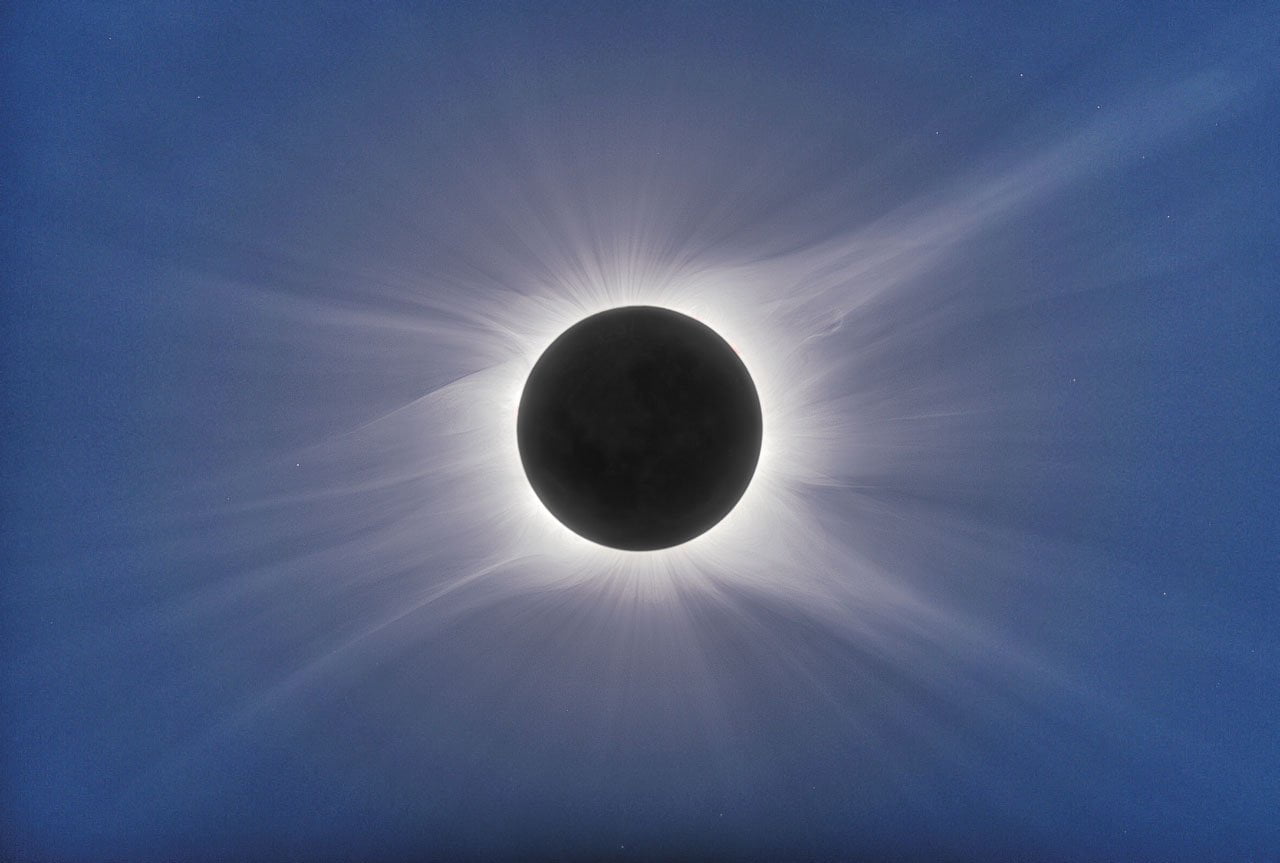
As millions of people flocked to the total solar eclipse belt to witness the phenomenon yesterday, technology won the day as stable supply was maintained across the US energy grid, despite worries about an overload.
As we reported on Monday, Scientists and engineers were worried that states which are heavily dependent on solar energy could have tripped the system, but as it happens, everything went off without a hitch.
A whole swathe of the US across 14 states were plunged into darkness for around two minutes at the time of the totality, when the moon cast a shadow over the earth.
US energy grid most affected states were California and North Carolina
The two states on the US energy grid that were affected the most in terms of supply were California and North Carolina.
California is heavily dependent on solar energy, and when the sun was partially obscured, the state grid lost about 3,400 Megawatts of power very rapidly.
But the grid managers were ready, the California Independent System Operator (ISO) tapped more supplies from natural gas-fired power plants and hydroelectric dams, executing well-prepared plans.
It also imported power from neighbouring states. There was a small element of fortune in the process because the eclipse finished at about midday, when the sun is at its strongest and power flooded back very quickly as a result.
In North Carolina, a state with a large amount of solar power plants that lies just north of the path of total eclipse, Duke Energy said solar capacity fell about 1,700MW at the peak to 100MW. The company had no trouble compensating for the loss of solar power.
US energy grid system to cope with solar eclipse a good case study
The event did not teach engineers much about how solar generation would be affected, that much was already forecast, but it did provide a valuable insight of how the US energy grid would cope if there was some sort of outage or failure in the interconnectors.
As such, it should be treated as a case study for Australia, bearing in mind the blackout that took place in South Australia in the summer of 2016. The eclipse showed that if properly prepared and with a plan of action in place, a national energy grid can cope with such situations without even a hitch.
The video below from the New York Times YouTube channels hows footage of the eclipse from around the United States.
About Leading Edge
Leading Edge Energy is an energy cost reduction consultancy. We assist our clients by applying a holistic lens to your energy costs whereby we guide you through the complete energy cost reduction cycle from rates minimization to energy efficiency, solar generation and battery storage.
Our initial review and assessment process is a complimentary service and you are not obliged to accept any offer that we recommend to you.
Call us today on 1300 852 770 or visit our website to get a quote.













